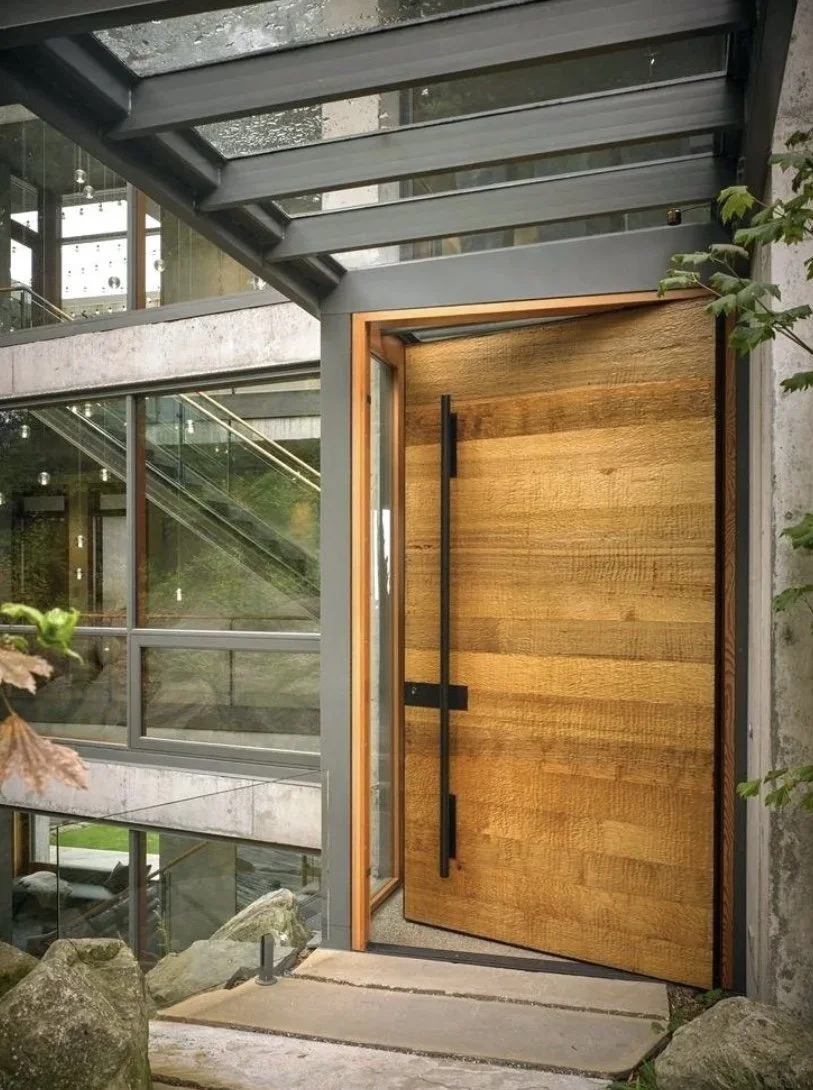5 Reasons to Hire an Interior Designer
Have you ever watched a renovation show on Netflix or HGTV and marveled at how a complete transformation happens within an hour? The concepts flow seamlessly, and before you know it, you have a picture-perfect final product with happy clients to boot. The reality, however, is that most projects, depending on their size and scope, can take months, even years, to complete.
Here’s why working with a designer can ensure that your projects are uber polished, thoughtful, and significantly less daunting.
1. Designers Are Trained Creatives
Think of working with an interior designer as collaborating with your own personal artist. Many interior designers see themselves as creatives or even artists. They have undergone rigorous academic training to master building codes, interior architecture, space planning, proportion, balance, finishes, and furniture—these are the details that make the difference. With a balance of creativity and technical expertise, interior designers bring the best of both worlds: right-brain artistry and left-brain logic.
2. Save Time and Money
Yes, working with an interior designer can come with a price tag, but there are financial perks to consider. Designers have access to trade discounts up to 30% with numerous manufacturers for residential and commercial products, which they can extend to clients. For projects like kitchens and baths that require specific knowledge of programming requirements and ADA (Americans with Disabilities Act), working alongside an expert can prevent costly mistakes and poor design outcomes. Faulty dimensions, inaccurate planning, poor lighting, the list goes on; bad design can be detrimental. Working with a trained professional can save not only time and money, but just as important: peace of mind.
3. A Personalized Experience
A good designer actively listens and understands their client's persona and energetic aura through thoughtful questions. The designer's role is to interpret this into a design crafted with thoughtfulness and finesse. Finding the right designer is like finding the perfect hair stylist. Trusting a professional to design your space leads to beautiful, brilliant outcomes that you might not have considered on your own.
4. Specialty and Expertise
Really consider the intention of the project. There are those who can decorate and those who are trained and educated designers. Could a sustainability expert benefit a project that aims to be conscious of its impact to the environment? Could a designer based in wellness bring fresh insights and knowledge to a project that is aiming to enhance or improve overall wellbeing? Is the project being designed for an individual or group with special needs or a disability?
The ADA Standards for Accessible Design—along with the Title II and Title III regulations—say what is required for a building or facility to be physically accessible to people with disabilities. There are a number of licenses and credentials that Designers can possess to show aptitude in a certain specialty. Here are a few to keep in mind if searching for the right designer for a project:
NCIDQ - NCIDQ Certification is the industry's recognized indicator of proficiency in interior design principles and a designer's commitment to the profession.
NKBA - National Kitchen & Bath Association
IIDA - International Interior Design Association
ASID - American Society of Interior Designers
WELL AP - The WELL AP credential denotes expertise in the WELL Standard (WELL), a library of evidence-based building and organizational strategies that can improve the health and well-being of people everywhere. The Well AP is a vehicle for buildings and organizations to deliver more thoughtful and intentional spaces that enhance human health and well-being
LEED - A LEED credential denotes proficiency in today’s sustainable design, construction and operations standards. More than 203,000 professionals have earned a LEED credential to help advance their careers. Showcase your knowledge, experience and credibility in the green building marketplace as a LEED professional.
If searching for a reputable designer who specializes in a certain area or niche - let's say sustainability or green design - social media is a great place to start. As a pioneer Millennial born in the early 80s, I remember using the Yellow Pages phonebook to find the contact information for a business. Nowadays, finding a local business is more accessible than ever, by just typing hash tag #InteriorDesigner #GreenDesign #Sustainabledesign
Image from Architectural Digest
Ancient practices like Feng Shui and Vastu Shastra emphasize harmonizing individuals with their surroundings.
5. Wellness in Design
Wellness in design encompasses many pillars of wellbeing. Ancient practices like Feng Shui and Vastu Shastra emphasize harmonizing individuals with their surroundings. Modern wellness design incorporates ergonomics, biophilia, light impact, ventilation, and ADA compliance. Research supports that mindfulness in design can enhance our experiences with the natural environment and elements that support overall health—physical, emotional, and mental. Incorporating biophilia into our spaces supports the innate connection humans have to nature, fostering a sense of wellbeing.
Shared with Love,


